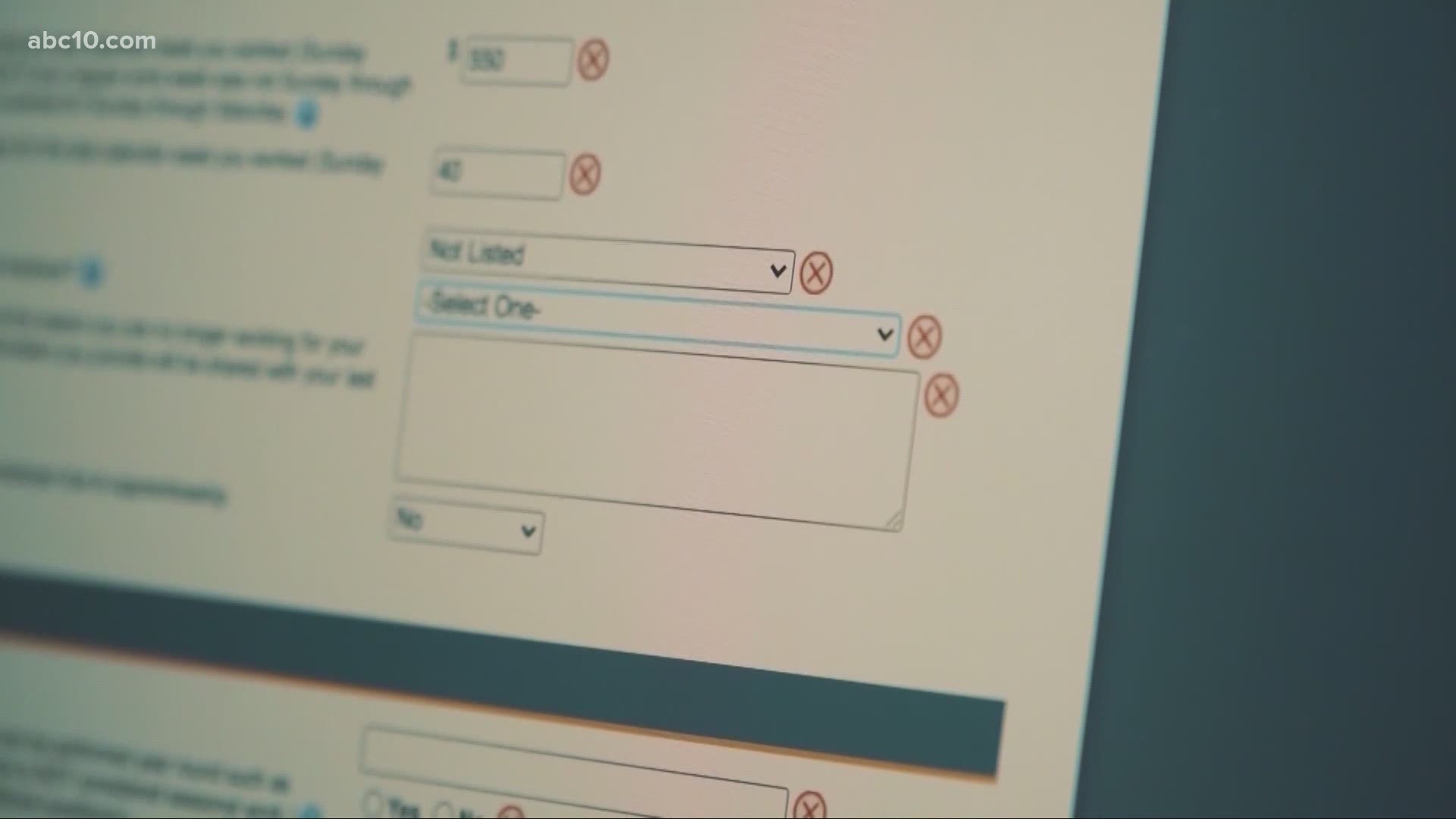SACRAMENTO, Calif — For hundreds of thousands of people in California, it has now been at least a month since they last received their unemployment benefits. For many, they lost access to their accounts on New Year's Eve, when California's Employment Development Department (EDD) suspended 1.4 million accounts as part of its fraud efforts.
EDD then required all those accounts to re-verify their identities, and the crush of people trying to get it done has only led to more delays and frustration. The problem is so bad that EDD has extended a deadline for people to verify to 30 days.
Now, the state's Legislative Analyst's Office (LAO) is questioning EDD's decision to suspend all those accounts without any warning.
In a new report, the LAO said EDD has not made clear what information it used to determine which accounts were suspected of fraud. Also, EDD failed to notify people or the legislature about the decision.
The report stated, "This lack of transparency raises questions about EDD’s stated progress in implementing strike team recommendations related to departmental culture."
The LAO points to a strike team recommendation that EDD culture shifts "from reactivity to rationality as it relates to fraud.” That includes taking into account the effect their actions would have on claimants.
Instead of the mass suspensions, the report states EDD "could instead have notified claimants that their claims had been flagged as potentially fraudulent and given them a three week grace period to verify their identity before suspending the account."
The LAO also has some key questions it wants EDD to answer:
- How was the decision made to stop automatically approving backdated PUA claims? What effect did that action have on PUA claim activity?
- Why has the backlog of delayed claims increased in recent months after declining significantly following the two-week reset in October?
- Apart from the suspended accounts, what steps is EDD taking to contact claimants in the backlog who need to provide EDD with additional information before their claim can be restored?
- What criteria was used to identify the 1.4 million potentially fraudulent claims? Who made the decision to suspend the claims identified as potentially fraudulent? What share of these claims does EDD anticipate are fraudulent
- What trade-offs, unintended consequences, or adverse impacts were identified as part of the analysis leading to the decision to suspend potentially fraudulent claims?
Many of you have reached out to our Dollars and Sense team with some of the same questions. We will be sure to bring you answers when we get them.



















